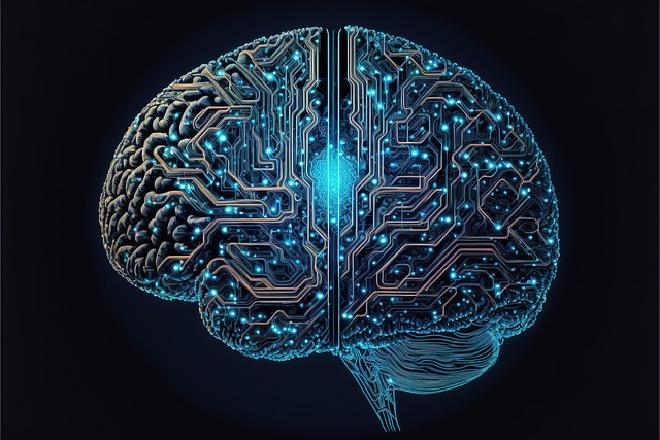

“Uncertainty is built into the brain’s wiring,” says Michael Halassa, a professor of neuroscience at [Tufts University School of Medicine](Tufts University School of Medicine). “Picture groups of neurons casting votes—some optimistic, some pessimistic. Your decisions reflect the average.” When that balance skews, the brain can misread the world: assigning too much meaning to random events, as in schizophrenia, or becoming stuck in rigid patterns, as in obsessive-compulsive disorder.
Bridging that gap means combining insights from single-cell studies in animals, human brain imaging, and behavior. Now, a new kind of computer model—grounded in real biology—lets researchers simulate how brain circuits make decisions and adapt when the rules change.
Called CogLinks, the model builds biological realism into its design, mirroring how real brain cells are connected and coding for how they assign value to often ambiguous and incomplete observations about the external environment. Unlike many artificial intelligence systems that act like “black boxes,” CogLinks shows researchers exactly how its virtual neurons link structure to function. As a result, scientists can map how this virtual brain learns from experience and pivots based on new information.
To see if those predictions held true in people, the team then conducted a companion fMRI study, which was supervised by both Burkhard Pleger from the Ruhr-University Bochum and Halassa. Volunteers played a game in which the rules unexpectedly changed. As expected, the prefrontal cortex handled planning and the deep, central region of the brain known as the striatum guided habits—but the mediodorsal thalamus lit up when players realized the rules had shifted and adjusted their strategy.
The imaging confirmed what the model had forecast: the mediodorsal thalamus acts as a switchboard linking the brain’s two main learning systems—flexible and habitual—helping the brain infer when context has changed and switch strategies accordingly.
Halassa hopes the research helps lay the groundwork for a new kind of “algorithmic psychiatry,” in which computer models help reveal how mental illness emerges from changes in brain circuits, identifying biological markers to precisely target treatments.
“Many schizophrenia-linked mutations affect chemical receptors found throughout the brain,” says Wang. “Future uses of CogLinks may help us see how those widespread molecular changes could make it harder for the brain to organize information for flexible thinking.”
Citation #
- The study The neural basis for uncertainty processing in hierarchical decision making was published in **Nature Communications**
Funding #
NIH/National Institute of Mental Health, NIH/National Institute of Mental Health, NIH/National Institute of Mental Health, National Science Foundation, National Science Foundation, National Science Foundation
- The article A ‘Flight Simulator’ for the Brain Reveals How We Learn—and Why Minds Sometimes Go Off Course, signed by Genevieve Rajewski was published in Tufts’ news website.
Contact [Notaspampeanas](mailto: notaspampeanas@gmail.com)

